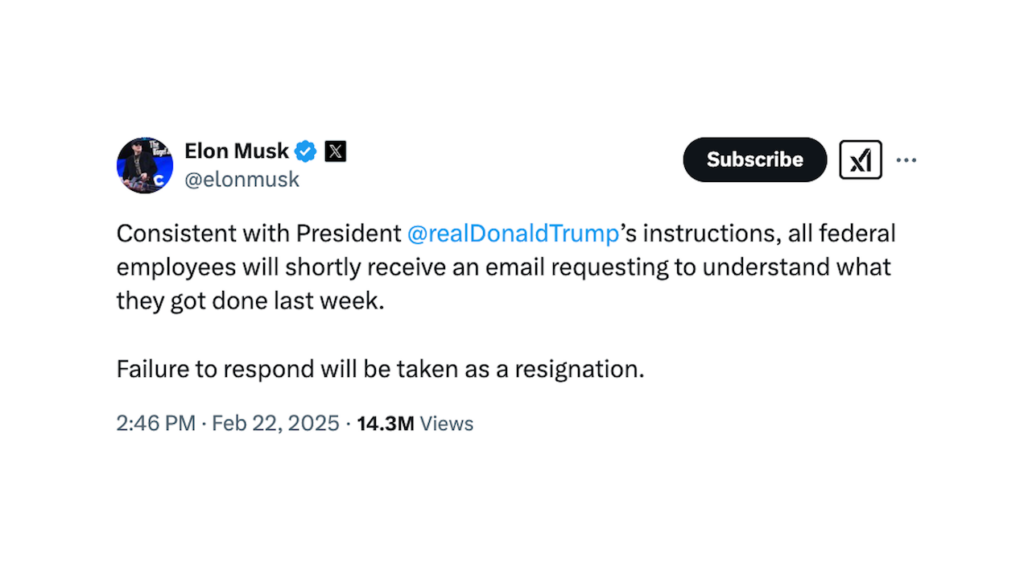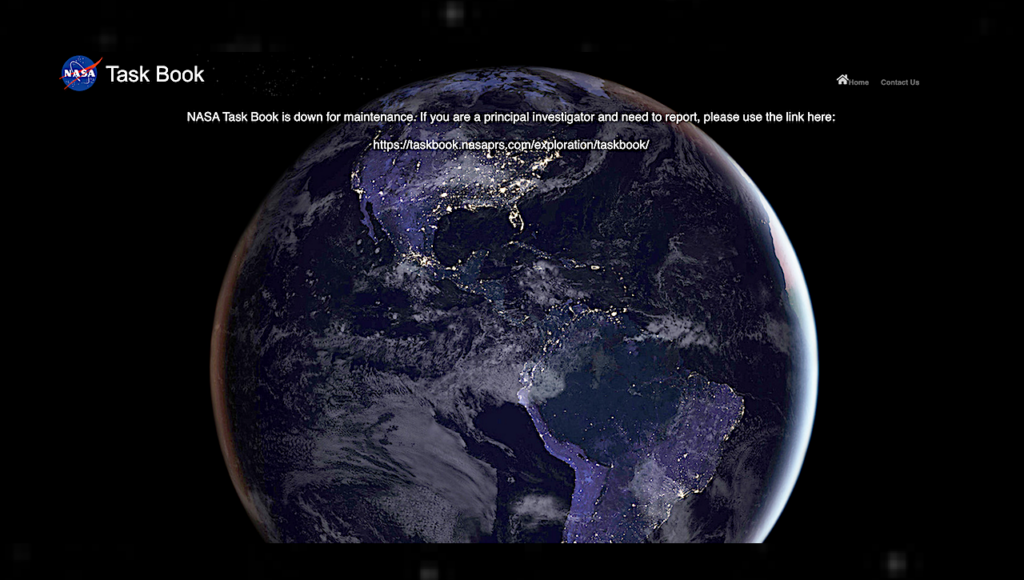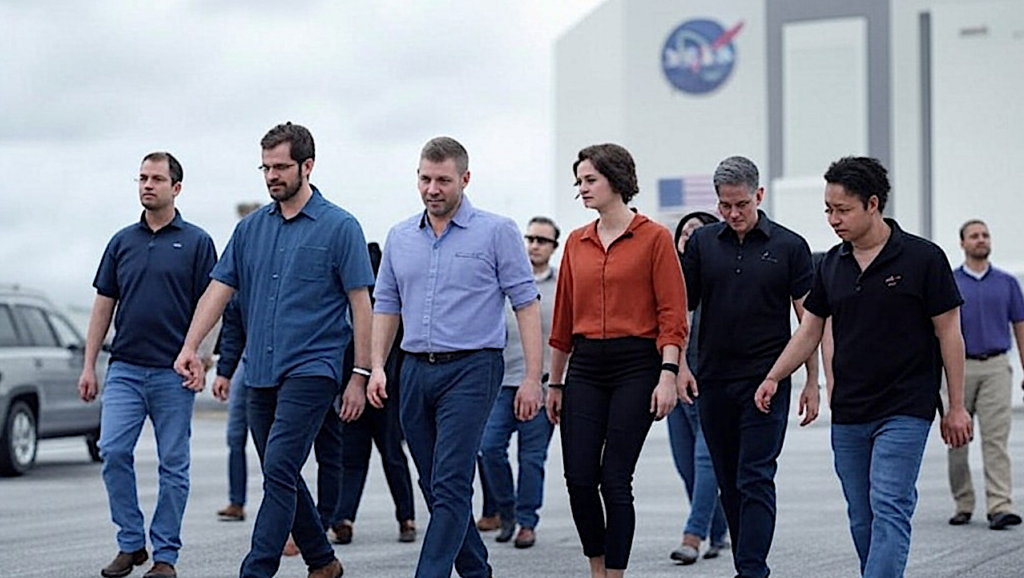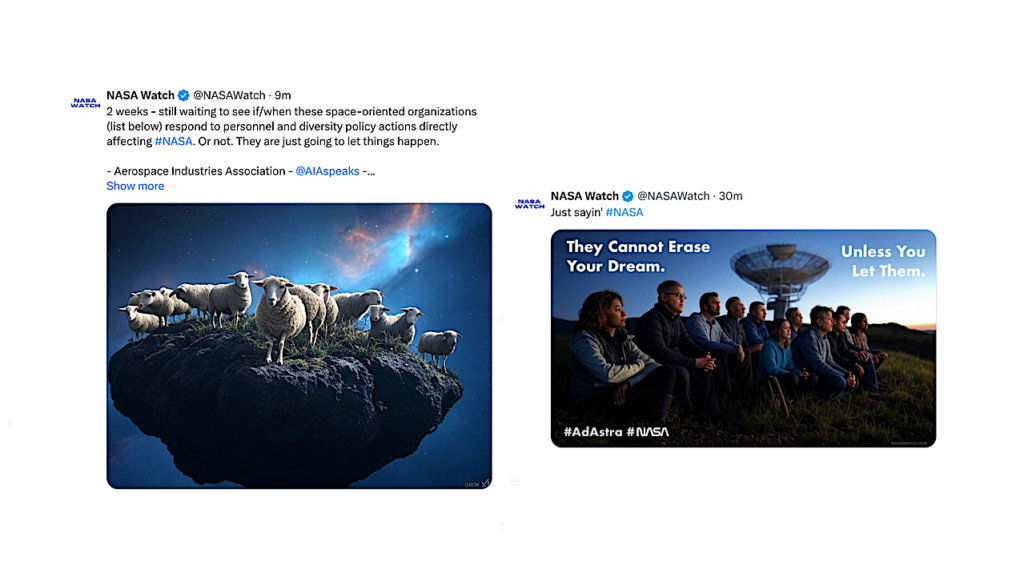Trump Transition Team Wants Old Space Vs New Space Smackdown

Trump Space Policy Options Emphasize Role of Private Enterprise, Wall Street Journal
“Growing tension between the two approaches is highlighted by a Jan. 23 email from Charles Miller, a member of NASA’s original transition team, to former House Speaker Newt Gingrich, a confidant of Mr. Trump who also served on a higher-level transition team. In the memo, Mr. Miller advocates that NASA “hold an internal competition between Old Space and New Space” to determine the best and least expensive way to return to the Moon. “If this initiative can be approved quickly by the White House, and appropriately funded,” he emphasized, there could be “private American astronauts, on private space ships, circling the Moon by 2020.” According to the email, Mr. Miller, a former NASA official, says he “rewrote the 80+ page” original transition report to emphasize commercial space partnerships with the agreement of White House aide Erik Noble. … In an interview, Mr. Miller said his proposals, which he believes were forwarded to other White House aides, didn’t target, seek to downgrade or negatively affect SLS. The recommendations about the program were “very neutral,” he added, and didn’t affect it “one way or the other.” Mr. Miller said he was asked by Mr. Noble “to help with fixing a draft document,” and “I didn’t consider it out of bounds.”
 Keith’s note: NASA paid Miller to do a study on this topic in 2015. As for this whole “Old Space/New Space” thing. I can’t wait to see how Miller et al define these two terms. Despite frequent use of these terms amongst space advocates no one has come up with a consistent/coherent definition. As such I am trying to imagine how you can have these two imaginary camps compete with one another. How does one certify that they are New Space or Old Space?
Keith’s note: NASA paid Miller to do a study on this topic in 2015. As for this whole “Old Space/New Space” thing. I can’t wait to see how Miller et al define these two terms. Despite frequent use of these terms amongst space advocates no one has come up with a consistent/coherent definition. As such I am trying to imagine how you can have these two imaginary camps compete with one another. How does one certify that they are New Space or Old Space?
– Summary of Results of a NASA-funded Study on: An Evolvable Lunar Architecture Leveraging Commercial Partnerships, Charles Miller President, NexGen Space LLC
– Affording a Return to the Moon by Leveraging Commercial Partnerships, NASA KSC (NASA server may have security issues)
– Economic Assessment and Systems Analysis of an Evolvable Lunar Architecture that Leverages Commercial Space Capabilities and Public-Private-Partnerships, Charles Miller et al, Research Gate
“This study’s primary purpose was to assess the feasibility of new approaches for achieving our national goals in space. NexGen assembled a team of former NASA executives and engineers who assessed the economic and technical viability of an “Evolvable Lunar Architecture” (ELA) that leverages commercial capabilities and services that are existing or likely to emerge in the near-term. We evaluated an ELA concept that was designed as an incremental, low-cost and low-risk method for returning humans to the Moon in a manner that directly supports NASA’s long-term plan to send humans to Mars.”









I suppose NASA could let private companies define themselves, rather than inventing some definition of “old” and “new” space. For example, NASA could issue a Request for Information (the other sort of RIF), asking companies to provide their views on how a NASA-private effort to return astronauts to the Moon should be structured. That would communicate which companies favored cost-plus contracts from NASA, fixed-cost contracts, NASA simply doing NACA-style technology development, government-funded prizes and incentives, etc. That might not accomplish much, but it might accomplish more than yet another start-of-term, Augustine-style study and report.
This was done in 2004, and promptly discarded by incoming hero Mr. Griffin
Minor nit: –>Red Congress. Bush appointed O’keefe who selected the spiral architecture. Oops. Bush and Congress appointed Griffin, who modified his white paper to retain shuttle derived. Shuttle lost out to Titan III unless it flew 28x/yr. Nixon added solids a major mistake. Red added must be 70 and 130mT to the law, wrote the VSE added 4 last minute flaws, but did not read.
The senate picked Griffin to replace O’Keefe right after O’Keefe went to capital hill and said 14,000 jobs were going to be ended under the VSE.
And that’s why NASA leadership failed, not Congress. They never came up with or proposed an actual thought through plan on what all of these Shuttle people would be doing instead.
Maybe its time for some of us to come out of the closet…
NASA’s problem is that it retains decades old expendable hardware.
The LV industry issue is low flight rate and excess capacity.
NASA also *requires* common hardware that is re-useable.
Obvious Solution: consolidate SLS/Altas/Delta => shift $ to missions
This journey to nowhere is a ‘completion’ which means ‘duplication’ with everybody doin’ their own thang inviting failure+disillusionment. ‘Lets do Apollo again’ — Ignore the Challenges. alternativefacts.com
NASA could focus on some of its most important competencies — the exploration of the Solar System through robotic spacecraft, the construction and operation of sophisticated space telescopes, and monitoring the Earth’s geophysical and climate systems through satellite constellations; providing flight rate to test out the long duration transportation infrastructure while finding solutions to crew health.
The rules? ULA/SLS missions are ‘free’. All others, your own dime.
Thanks for the reference to gaslighting. I remember the original movie but somehow hadn’t noticed the parallel to the present day. Just reading your post makes me wonder if I can still tell where reality ends and fabrication begins.
NASA studies show that the alternatives are at least 57B cheaper than SLS and yet a ‘competition’ is required.
Reality ends after Obvious Solution, is that not obvious?
http://www.spaceref.com/new…
New space and old space are as much terms about approach as they are about characterizing a partner. The two axis of this spectrum are about the degree of a partner having non-government business, the government as one of many customers. The other axis is the degree to which a partner performs under cost-plus vs. firm fixed price.
See https://www.nasa.gov/office…
Call it a competition, call it a trade, call it an analysis of alternatives, informed by industry input. NASA’s choices ahead are to try and do space exploration in relevant timeframes, sooner, not later, for much, much less than any cost plus approach, while not being the only user of most of the systems elements, from transport to landers to habitats to power to in space propulsion to surface habs and more.
Try doing this in the “cost plus / NASA user only” way and the costs go so high that the net effect is to stretch the schedule in some fantasy where real milestones are 20 years away, every year, forever. That is if you are lucky and the milestone doesn’t move out two years more for every year that passes.
Await a Sputnik moment, a movie like asteroid crisis, or some Kennedy-esque moment, and sure. Maybe. People buy lottery tickets too. Would you call lottery tickets a long term financial plan? Probably not.
Or wait, do what you can, keep your head down and the crayon moving. Sure, that might be a formula to make it to the end of the day. To survive. To live to fight another day. Would we call that a plan or strategy for space exploration? Probably not (but maybe we would say “capability driven framework”.)
We know what won’t work. We have a strong sense of direction of what will work, where NASA has to help grow non-NASA economic activity to then do space exploration, where the capital is NASA’s budget PLUS private capital.
It’s time again to see who falls where given these choices.
. . . Could it be done, without truly preposterous levels of spending? People back walking on the Moon on 2020? It’s only three years away, and it’s been decades since we last did it.
The WSJ article referred to a maned mission to Orbit the moon by 2020. Not land on it. Falcon Heavy with raptor space engine and a Dragon 2 should be able to handle that and be available around 2019 – 2020. The FH is intended to be human rated but will require some number of flights for NASA to sign off on that.
Would the Orion Capsule be ready by then and could a FH push it to orbit Luna?
Yes. The Orion is 5.4 meters in diameter whereas the FH maximum ferrying diameter is 5.2 meters so it would take some redesign. But it would be a bit more risky as the Orion’s new heat shield has never been tested. The Dragon 2 heat shield was designed to withstand heating greater than return from lunar orbit. Then their is the much greater cost of using an Orion rather than a Dragon 2. And with increasing the fuel for the Super Draco’ and putting landing legs on a strengthened trunk, the Dragon 2 could land and inject directly back from Earth from the Lunar surface.
Allow companies to self-specify: which is say, NASA gets out of the oversight/ specification business, simply buying results.
An example would be LEM2025; NASA would specify the characteristics of the critter and then back out other than making payments tied to progress reports. AFAIK this is largely the way much military acquisition is handled: they write a MILSPEC, then invite bidders. Our Air Force is currently engaged in buying a jet trainer to replace aging models (and astronaut toys). The AF specifies, say, that the airplane be capable of 6Gs; if your proposal is capable of 7Gs you get a bonus. Bids are adjusted up and down depending on the final characteristics of the proposed airplane.
I suspect many think it is like this: New Space = my way; Old Space != my way. It’s all relative 🙂
How ’bout this?
Any bid more expensive than SpaceX is, relatively speaking, old space.
And what if Blue Origin bids 20% more than SpaceX but with a higher probability of launching on time? Would that make Blue Origin “old space”?
That would be a very welcome turn of events should it come to pass.
However given Jeff Bezos’ 1) meddlesome attempt to squat patent the “recovery of a rocket stage on a sea-going barge” idea, 2) head lease pad 39A with no obvious customers, 3) still doesn’t have an orbital class rocket, then.BO are still very much wannabe space for the time being.
If/when he graduates to the definition of new space that you gave, I will happily shout Keith and yourself the single malt bottle of your choice.
Personally I do not see that new space versus old space makes any difference if no one knows where we are going. NASA has lost the vision and has no plan. There is no strategy for what to do next, in what order, for what reason.
Do we want affordable access to space? Do we want the ability to operate economically in cis-lunar space? Or at the other extreme, is it mainly about flags and footprints on Mars and to hell with the idea of a long term, sustainable, meaningful space program? And how does a lunar outpost or lunar base fit with these ideas?
I suspect that a heavy lift booster fits with all of these ideas. Which one is cost effective is the question. An Orion capsule? I do not see how it fits in any of these goals. Are we really designing mission architectures in which we can afford to throw the vehicle away, which is what an Orion implies? If not, then what architecture, what design? Where does the Cis-Lunar, Lunar or Mars vehicle dock when back at Earth? How do we get people to and from space? Dragon? CST? Dream Chaser?
“to hell with the idea of a long term, sustainable, meaningful space program”
The JourneyToMars shares with Apollo the seeds of destruction: it requires the single use of billion dollar equipment. This was always the Achilles’ Heel of Apollo: fantastically advanced and expensive hardware discarded after (in some instances at least) mere minutes of use.
This costly approached poisoned NASA’s efforts starting with the earliest Saturns in the early 60’s. It has become so de rigueur that the approach isn’t even questioned anymore. And it is the reason that Mars will be flags and boots, just like Apollo.
Forty eight years have passed since Apollo 11.
At some point we will put humans on Mars. After perhaps half a dozen landings the entire enterprise will fail under the crushing economic reality of single-use technology.
To me that’s the difference between old and new. Single-use at government expense is ‘old’. Multiple use is new space. The notion can be abstracted further: the entire line of thinking that brought us SLS is Old Space. And at the risk of stating the obvious, landing your boosters, only to be refueled to fly another day? That’s new space. That’s the future.
We haven’t made the transition completely. We are sill Robert Goddard, imagining anywhere in the solar system achievable if only my rocket is large enough. Launching big rockets from the surface of the Earth is an idea that will pass into history as the economics of real space utilization become more obvious. We will build spaceships, glittering machines that live in space and belong in space, plying the routes between Earth and Mars, Mars and Ganymede, Io and Triton. Our rockets will be tenders to these huge beasts.
I am not sure if NASA and old space have it in them any longer to take charge and develop anything. A good example is Orion. Why has it taken ten years and billions of dollars to develop a reproduction Apollo Command Module with relatively minor updates? I think NASA’s human space flight engineering moved to Alabama. Houston mainly has flight managers. I dont know for sure what it takes to manage a flight but I am pretty sure it is not the same thing as what it takes to design and develop new systems. Aside from Orion, the last US designed and built spaceship pieces were parts of ISS in the early 1990s, 20+ years ago; that is about a generation. Does that mean they need to give it to the next generation to get the job done? Even on the operations and utilization side, the movers seem to be the newspace guys and gals. Look at the fantastic work NANORACKS is doing getting new capabilities, new modules and new payloads on board ISS and reducing the process requirements for users.
Charles Miller discussed his vision of the ILA a while ago on the Space Show. Here is the link.
http://www.thespaceshow.com…